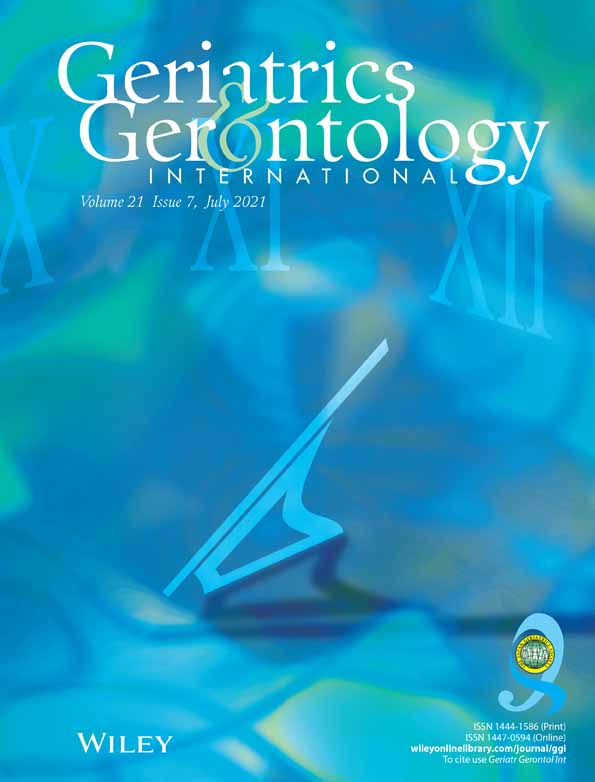Thiol–disulfide homeostasis and ischemia-modified albumin as a marker of oxidative stress in patients with sarcopenia
Abstract
Aim
Sarcopenia is characterized by progressive and generalized loss of skeletal muscle mass and strength. Chronic inflammatory conditions and increased oxidative stress are in the pathogenesis of sarcopenia. Our aim was to evaluate the relationship between sarcopenia and thiol–disulfide homeostasis and ischemia-modified albumin levels as an oxidative stress marker.
Methods
Patients aged ≥65 years were recruited in this study. Sarcopenia was diagnosed according to the European Working Group on Sarcopenia in Older People criterion. Total thiol, native thiol, disulfide and ischemia-modified albumin levels were measures according to clinical and laboratory features. Patients were divided into two groups according to their sarcopenia presence; thiol–disulfide homeostasis and ischemia-modified albumin levels were evaluated between these groups.
Results
Overall, 94 patients were analyzed. The mean age was 75.0 ± 6.71 years. A total of 39% of the patients were diagnosed as probable sarcopenia, 3.2% had sarcopenia, 6.4% had severe sarcopenia and 51.1% were diagnosed as normal. The levels of native thiol, total thiol, disulfide level and disulfide–native thiol, native thiol–total thiol and disulfide–total thiol ratios were similar in patients with sarcopenia when compared with the control group. In addition, there were no differences between albumin and ischemia-modified albumin levels. In univariate regression analysis, handgrip strength was found to be an independent predictor of native thiol and total thiol, and disulfide levels.
Conclusion
This is the first study in the literature that evaluates the thiol–disulfide homeostasis and ischemia-modified albumin levels in sarcopenic older patients. Long-term studies are warranted to confirm the relationship between oxidative stress markers and sarcopenia. Geriatr Gerontol Int 2021; 21: 584–589.




